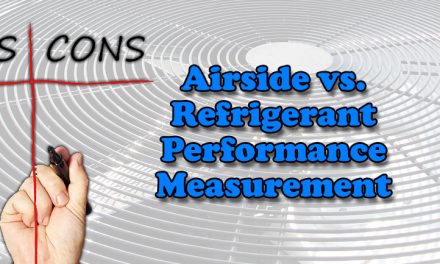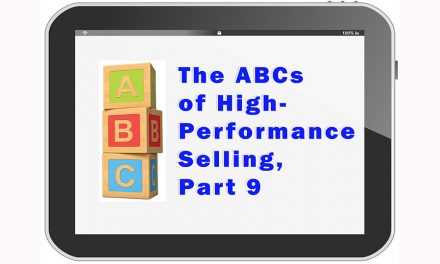If you check, you’ll find most heat exchanger designs are similar, much like evaporator coils for air conditioning.
Can the airflow have that wide of a range?
Using the formula CFM × Delta T × ADCF correctly, the lower Delta T ranges would require CFMs that are not available.
Example: You encounter a 90% efficient furnace rated for 100,000 Btu input and 90,000 Btu output. It has an allowable Delta T of 30°. To deliver 90,000 Btus, you would need a blower running at 2778 cfm, which I do not believe is an option.
Therefore, setting blower speed by Delta T only, even if within manufacturer specifications, means you may be measuring, but you are still guessing.
Using Digital Combustion Analyzers
Today, many contractors use digital combustion analyzers to take system measurements. In the past, only oil-fired equipment was combustion tested, and that often was done using observational techniques.
For gas-fired equipment, if technicians observed a blue flame, they considered combustion was good. Talk about guessing without measuring.
But with the development of handheld combustion analyzers, the importance of combustion testing all types of fuel equipment is now recognized as vital, especially when it comes to carbon monoxide.
Yes, even with a blue flame, CO can be in deadly ranges.
Digital analyzers measure O₂ (oxygen), CO (carbon monoxide), and flue temperature. Other readings include calculations based on interpolation, interpretation, and assumption. As much as manufacturers may not like hearing it, the CO₂, air-free CO, and other efficiency calculations are misleading and still leave us guessing.
Before getting into actual measured values, what does a digital combustion analyzer do versus old types of combustion instruments? You can compare the difference between a sundial to a digital watch or a polaroid camera versus a video camera.
The old equipment gave us a single reading or a still picture. The new equipment does a continuous update of what is happening.

It should be standard practice to do a combustion test from the beginning of equipment operation until the very end because of potential unstable or deteriorating combustion. If you use only one reading after five or 10 minutes, you are measuring but potentially still guessing.
That would be like taking a single picture of a football game at halftime and then trying to determine who won the game. You may be occasionally correct, but that is still guessing!
Important Measured Values
Finally, let’s look at the valuable measurements of a combustion analyzer: O₂, CO, and flue temperature. Just measuring them doesn’t do us much good if we don’t know their proper ranges.
Today the only recognized reading is carbon monoxide. The general industry acceptance is to keep CO below 100 ppm in the flue gases. Occasionally, different carbon monoxide ranges show up in recent installations, but mostly on modulating-condensing boilers.
Flue temperature ranges are rarely listed, which are difficult to determine without multiple field applications and testing, given all the variables in the field.
The good news is that organizations like National Comfort Institute have established such flue temperature ranges by conducting thousands of actual field tests and applications over the years. These are not things that the manufacturers can control or list.
So, you have a combustion analyzer. You take some measurements. You have no clue if those measurements are good or bad.
This is where training comes into play. Understanding what your measurements mean cannot be learned from YouTube videos. They are not black and white, either. You must learn to interpret those measurements and use the results to diagnose what is happening in the system.
NCI offers combustion and CO classes. Learn more here: ncilink.com/COTest.
If you don’t know the proper operating equipment measurement parameters, even using the latest and greatest digital instruments leaves you still guessing.
Measuring is one of the most important things we can do today, and we have the best instruments to take those measurements.
However, if we don’t understand the ranges where measurements should fall within or what they mean, we are still guessing.













Love it! I am constantly asking for measurements and I usually get stonewalled because the tech doesn’t know why we should care or that it’s important at all. National Comfort Institute (NCI) has great classes to take your skills to the next level. But don’t forget that your local trainers can help too. Get the basics locally and then take the NCI classes.